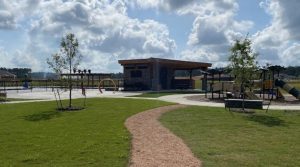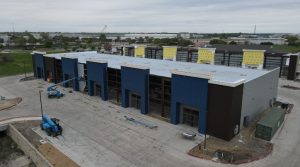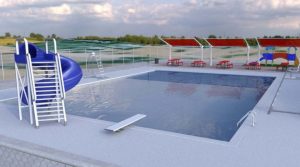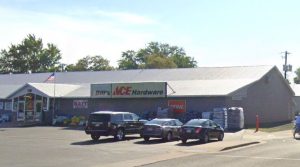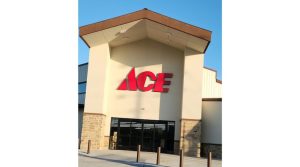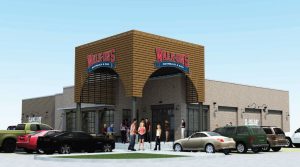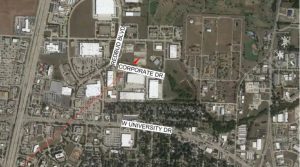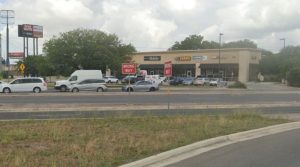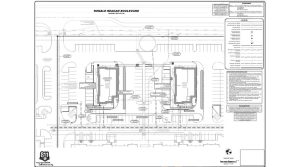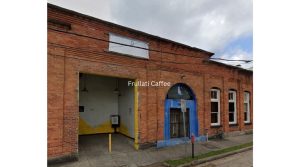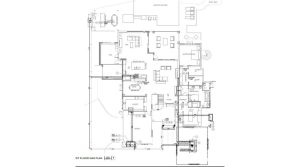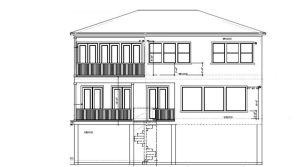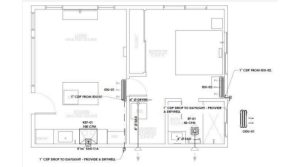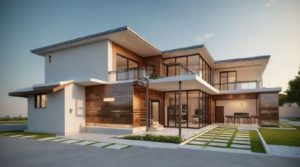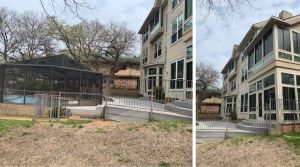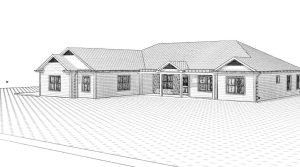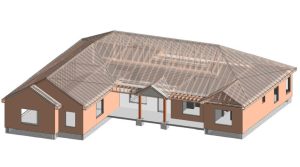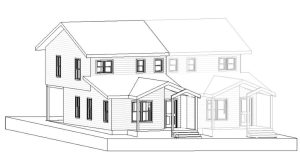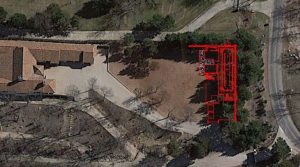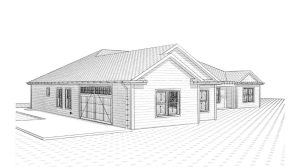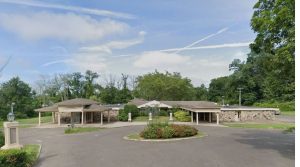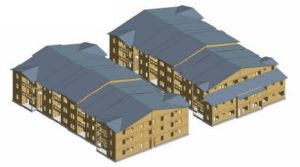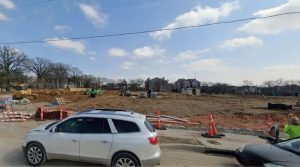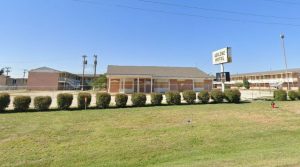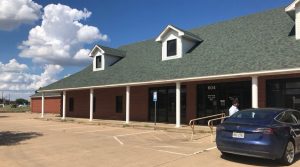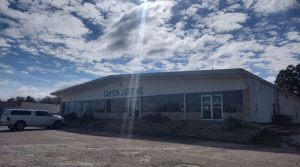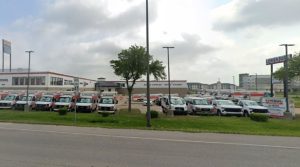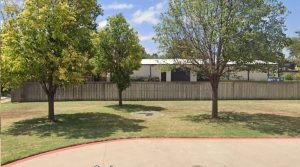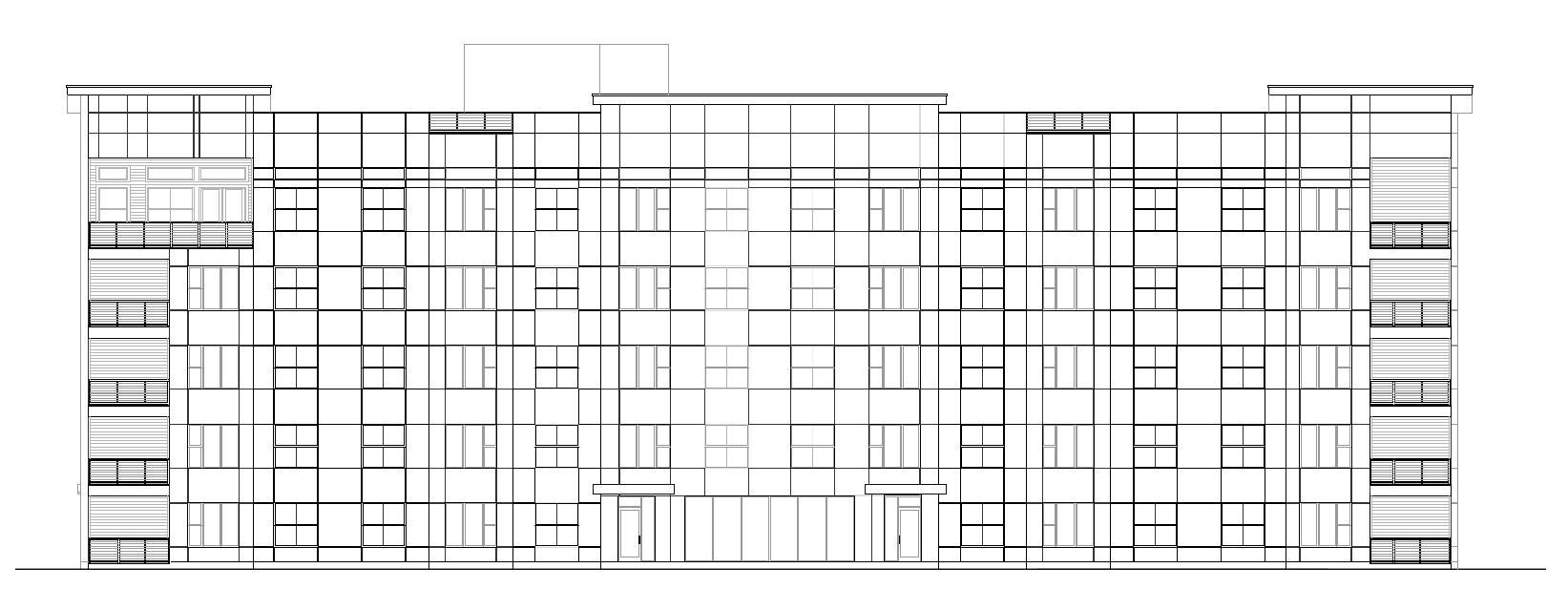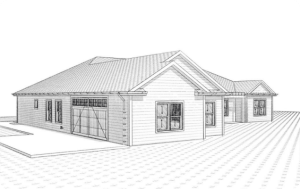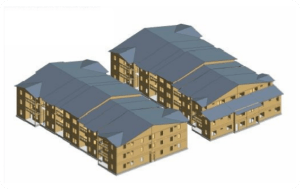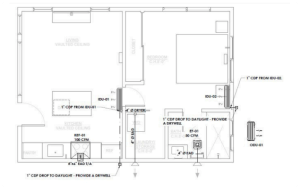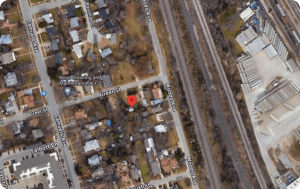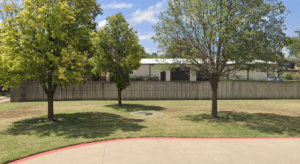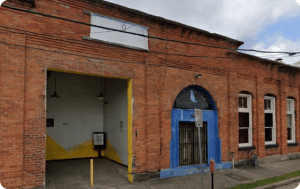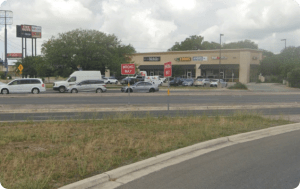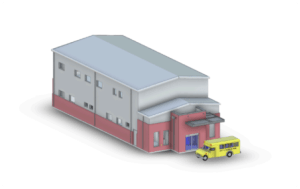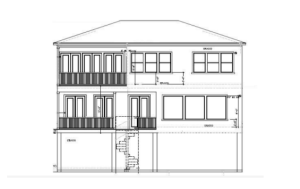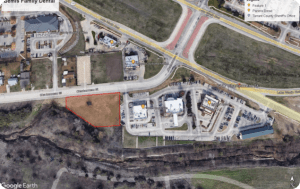How MEP Design Drives Texas’ Green Building Movement
As the world faces the growing challenges of climate change, the green building movement continues to gain momentum. More people now recognize the value of sustainable practices in construction and design. A key force behind this shift is MEP design—mechanical, electrical, and plumbing systems.
In Texas, this approach is rising in popularity. It helps reduce energy use and minimizes environmental impact. Sustainable MEP design is essential for creating eco-friendly buildings. In this post, we’ll explore how MEP design supports Texas’ green building efforts and contributes to a sustainable future.
1. Introduction to the green building movement in Texas
Texas leads a powerful shift toward sustainable construction. With a strong commitment to reducing carbon footprints, the state is embracing eco-friendly solutions. These include energy-efficient designs and advanced technologies that support environmental goals.
This movement stems from a collective push to combat climate change, pollution, and resource depletion. Architects, engineers, and developers are working together to integrate green practices into every phase of construction. As a result, Texas is reshaping its physical landscape while nurturing a culture of sustainability.
Moreover, Mechanical, Electrical, and Plumbing (MEP) systems play a vital role in these efforts. MEP design supports energy savings, cleaner air, and smarter water use. Through collaboration and innovation, Texas is paving the way for greener, more resilient buildings.
2. Overview of MEP design and its role in sustainable building
MEP design refers to Mechanical, Electrical, and Plumbing systems that optimize building performance. In sustainable projects, MEP design focuses on energy-efficient and eco-friendly solutions.
This includes using renewable energy, smart HVAC systems, efficient lighting, and water-saving technologies. The result is reduced utility bills, cleaner air, and lower carbon footprints.
In Texas, sustainable MEP design is a game-changer. It offers practical ways to meet green standards without sacrificing comfort or cost-efficiency. Therefore, MEP systems are helping to build a future where sustainability and functionality go hand in hand.
3. Key principles of sustainable MEP design
Sustainable MEP design is built on key principles that reduce environmental impact. One major principle is energy efficiency. Using energy-saving lighting, HVAC systems, and solar panels can greatly reduce power consumption.
Water conservation is another pillar. Sustainable buildings often include low-flow fixtures, rainwater harvesting, and greywater recycling. These features protect natural resources and support long-term resilience.
In addition, improving indoor environmental quality ensures healthier living and working spaces. By focusing on these principles, MEP design enhances both sustainability and occupant well-being.
4. Case studies showcasing successful implementation of MEP design in green buildings in Texas
To understand the real-world impact of MEP design, let’s look at some success stories in Texas.
In Austin, a commercial office building underwent a green retrofit. It added energy-efficient HVAC systems, advanced lighting controls, and low-flow fixtures. These changes led to major energy savings and a reduced environmental footprint.
Meanwhile, a residential high-rise in Houston adopted MEP solutions focused on air quality and energy performance. Thanks to smart ventilation, renewable energy sources, and automation systems, the project earned LEED Platinum certification.
These examples show how MEP design makes a real difference in achieving sustainability goals.
5. Benefits of integrating MEP design in green building projects
Incorporating MEP systems into green buildings brings many benefits.
First, there’s greater energy efficiency. MEP design helps optimize HVAC, lighting, and ventilation to minimize energy waste. As a result, buildings save money and reduce emissions.
Second, it improves indoor air quality and overall comfort. By controlling humidity, filtering pollutants, and using natural light, MEP systems create healthier spaces.
Furthermore, these improvements increase property value and tenant satisfaction. Sustainable MEP solutions aren’t just good for the planet—they also make good business sense.
6. Challenges and obstacles in promoting sustainable solutions in the construction industry
While sustainable design is crucial, several challenges can hold it back. A major issue is high upfront costs. Even though these investments save money long-term, many developers hesitate due to initial expenses.
Another challenge is limited awareness. Not all industry professionals fully understand the benefits of green design. Some may resist change because they’re used to traditional methods.
Therefore, addressing these issues is key to making sustainable building the norm.
7. Strategies to overcome barriers and drive the green building movement forward
To move the green building movement forward, we must tackle these obstacles head-on.
One solution is advocating for policy support. Engaging local governments can help introduce incentives and codes that promote sustainable construction.
Education is also essential. Hosting workshops and sharing success stories helps demystify green design. The more people understand its benefits, the more likely they are to support it.
Moreover, collaboration is vital. When architects, engineers, and policymakers work together, they can share resources and spark innovation. This team effort can overcome barriers and push sustainable design further.
8. Regulatory framework and incentives supporting sustainable building practices in Texas
Texas has been making significant strides in promoting sustainable building practices through its regulatory framework and incentives. The state has recognized the importance of environmental conservation and energy efficiency, leading to the implementation of various regulations and incentives to support green building initiatives.
One key regulatory framework in Texas is the adoption of building codes that prioritize energy efficiency and sustainability. The state has incorporated provisions from international energy conservation codes and green building standards to ensure new construction projects meet high environmental performance standards. By mandating the use of energy-efficient equipment, sustainable materials, and renewable energy systems, Texas is driving the green building movement forward.
9. The future of green building and the role of MEP design in shaping it
As we look ahead to the future of green building practices, the role of MEP (Mechanical, Electrical, and Plumbing) design becomes increasingly vital in shaping sustainable solutions. MEP design plays a crucial role in the overall functionality and eco-friendliness of buildings, influencing factors such as energy efficiency, indoor air quality, and water conservation.
In the context of Texas’ green building movement, MEP design is at the forefront of innovation, driving the integration of sustainable technologies and practices. From incorporating renewable energy sources like solar panels and geothermal heating systems to optimizing building layouts for natural ventilation and daylighting, MEP engineers are instrumental in creating environmentally responsible structures.
10. Conclusion: The impact of MEP design on Texas’ sustainable solutions and the broader green building movement
MEP design plays a crucial role in shaping the landscape of sustainable solutions in Texas and beyond. By integrating innovative mechanical, electrical, and plumbing systems into building projects, Texas is at the forefront of the green building movement. These sustainable solutions not only reduce energy consumption and carbon emissions but also enhance the overall efficiency and performance of buildings.
The impact of MEP design goes beyond just environmental benefits; it also contributes to creating healthier and more comfortable indoor environments for occupants. By optimizing systems for energy efficiency, water conservation, and indoor air quality, MEP design helps to create buildings that are not only environmentally friendly but also promote the well-being and productivity of those who live and work in them.
As Texas continues to embrace sustainable practices and green building initiatives, the role of MEP design will only become more critical in driving innovation and progress in the construction industry. By prioritizing sustainable solutions and integrating MEP design into building projects, Texas is setting a precedent for the rest of the country to follow in creating a more sustainable and resilient built environment for future generations.
In conclusion, the impact of MEP design on Texas’ green building movement cannot be overstated. By implementing sustainable solutions in building design, we are not only creating more energy-efficient and environmentally friendly structures but also contributing to a healthier and more sustainable future for our communities. The integration of MEP systems plays a crucial role in driving this movement forward, and by prioritizing sustainable practices in our design processes, we can continue to make a positive impact on the environment and society as a whole. Thank you for joining us on this journey towards a greener and more sustainable Texas.
visit: https://gdiengdesign.com/gdiengdesign-mep/
Learn More: https://www.5by5eng.com/blog/the-importance-of-sustainable-mep-design
